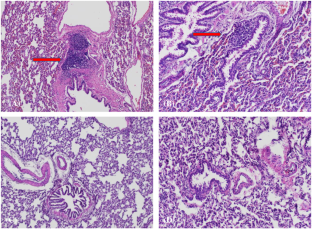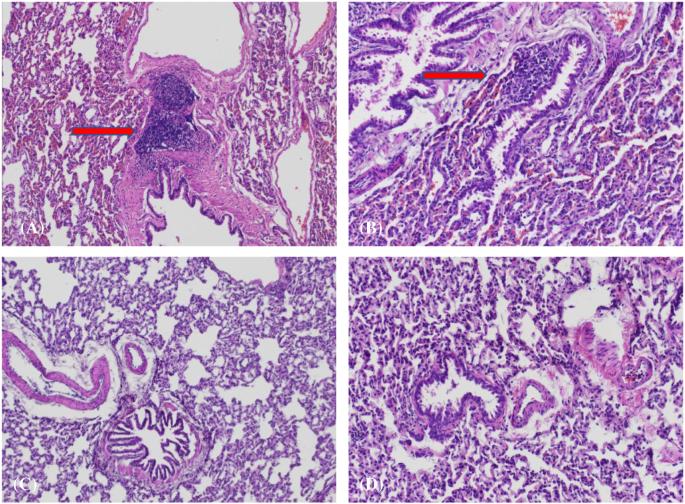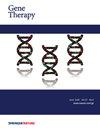Biodistribution of lentiviral transduced adipose-derived stem cells for “ex-vivo” regional gene therapy for bone repair
IF 4.6
3区 医学
Q1 BIOCHEMISTRY & MOLECULAR BIOLOGY
引用次数: 0
Abstract
Ex-vivo gene therapy has been shown to be an effective method for treating bone defects in pre-clinical models. As gene therapy is explored as a potential treatment option in humans, an assessment of the safety profile becomes an important next step. The purpose of this study was to evaluate the biodistribution of viral particles at the defect site and various internal organs in a rat femoral defect model after implantation of human ASCs transduced with lentivirus (LV) with two-step transcriptional activation (TSTA) of bone morphogenetic protein-2 (LV-TSTA-BMP-2). Animals were sacrificed at 4-, 14-, 56-, and 84-days post implantation. The defects were treated with either a standard dose (SD) of 5 million cells or a high dose (HD) of 15 million cells to simulate a supratherapeutic dose. Treatment groups included (1) SD LV-TSTA-BMP-2 (2) HD LV-TSTA-BMP-2, (3) SD LV-TSTA-GFP (4) HD LV-TSTA-GFP and (5) SD nontransduced cells. The viral load at the defect site and ten organs was assessed at each timepoint. Histology of all organs, ipsilateral tibia, and femur were evaluated at each timepoint. There were nearly undetectable levels of LV-TSTA-BMP-2 transduced cells at the defect site at 84-days and no pathologic changes in any organ at all timepoints. In conclusion, human ASCs transduced with a lentiviral vector were both safe and effective in treating critical size bone defects in a pre-clinical model. These results suggest that regional gene therapy using lentiviral vector to treat bone defects has the potential to be a safe and effective treatment in humans.


慢病毒转导脂肪干细胞的生物分布,用于骨修复的 "体外 "区域基因治疗。
在临床前模型中,体内外基因疗法已被证明是治疗骨缺损的有效方法。随着基因疗法作为一种潜在的治疗方法在人类身上的应用,对其安全性的评估成为下一步的重要工作。本研究的目的是评估在大鼠股骨缺损模型中植入转导了两步转录激活(TSTA)骨形态发生蛋白-2(LV-TSTA-BMP-2)慢病毒(LV)的人类间充质干细胞后,病毒颗粒在缺损部位和各内脏器官的生物分布情况。动物分别在植入后 4 天、14 天、56 天和 84 天死亡。用标准剂量(SD)500 万个细胞或高剂量(HD)1500 万个细胞治疗缺损,以模拟超治疗剂量。治疗组包括:(1)SD LV-TSTA-BMP-2;(2)HD LV-TSTA-BMP-2;(3)SD LV-TSTA-GFP;(4)HD LV-TSTA-GFP;(5)SD 非转导细胞。在每个时间点评估缺损部位和十个器官的病毒载量。在每个时间点对所有器官、同侧胫骨和股骨进行组织学评估。84天时,缺损部位几乎检测不到LV-TSTA-BMP-2转导的细胞水平,所有器官在所有时间点均无病理变化。总之,在临床前模型中,用慢病毒载体转导的人类间充质干细胞能安全有效地治疗临界大小的骨缺损。这些结果表明,使用慢病毒载体治疗骨缺损的区域基因疗法有可能成为一种安全有效的人体治疗方法。
本文章由计算机程序翻译,如有差异,请以英文原文为准。
求助全文
约1分钟内获得全文
求助全文
来源期刊

Gene Therapy
医学-生化与分子生物学
CiteScore
9.70
自引率
2.00%
发文量
67
审稿时长
4-8 weeks
期刊介绍:
Gene Therapy covers both the research and clinical applications of novel therapeutic techniques based on a genetic component. Over the last few decades, significant advances in technologies ranging from identifying novel genetic targets that cause disease through to clinical studies, which show therapeutic benefit, have elevated this multidisciplinary field to the forefront of modern medicine.
文献相关原料
| 公司名称 | 产品信息 | 采购帮参考价格 |
|---|
 求助内容:
求助内容: 应助结果提醒方式:
应助结果提醒方式:


